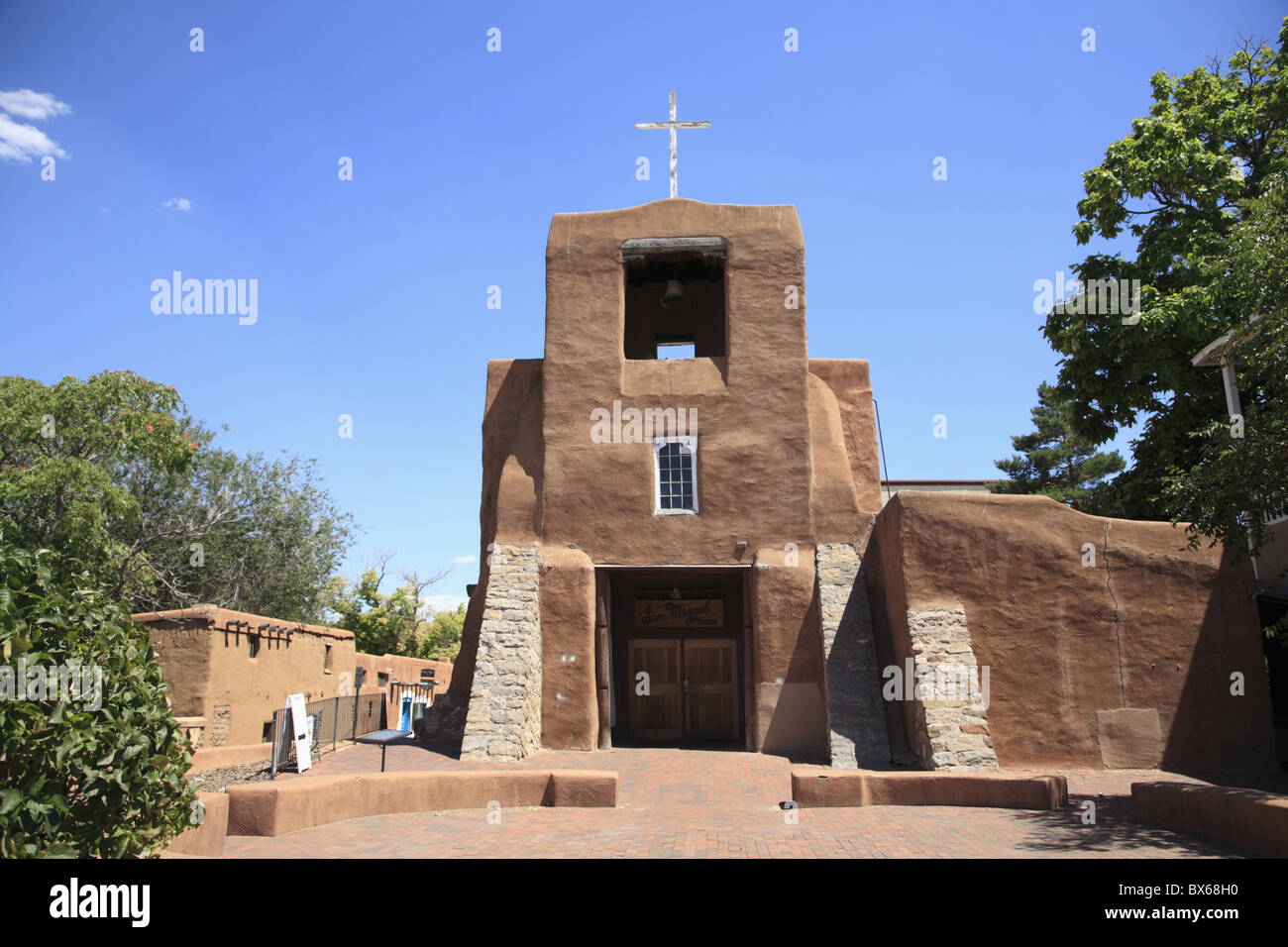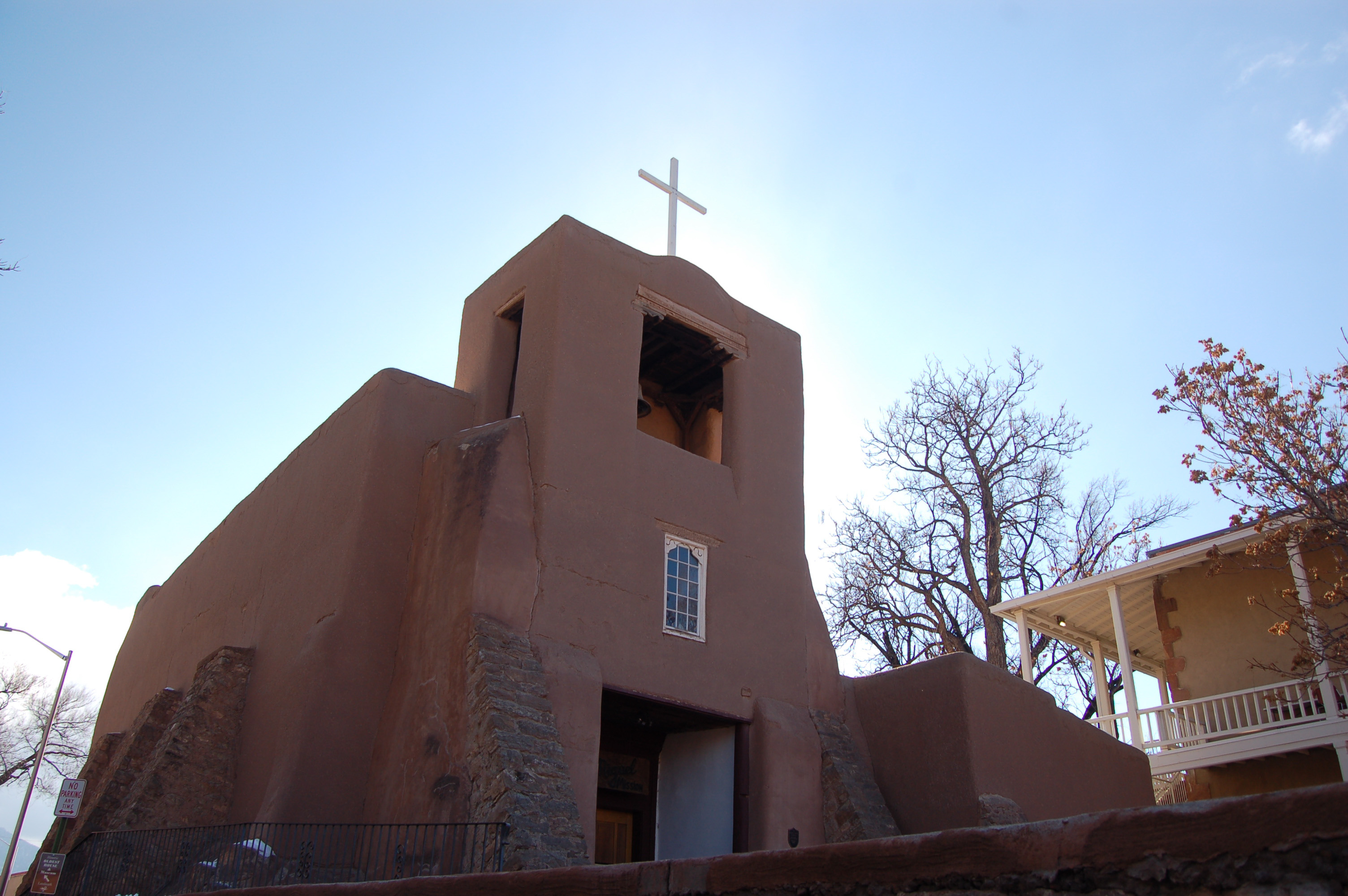When we talk about the oldest church in the United States, we’re diving into a story that’s as old as the nation itself. Imagine a place where history and spirituality blend seamlessly, where the walls whisper tales of centuries gone by. This isn’t just a building—it’s a testament to resilience, faith, and the enduring spirit of those who came before us. So, buckle up, because we’re about to explore the oldest church in the United States, and trust me, it’s a ride worth taking.
History buffs and religious enthusiasts alike find themselves drawn to this iconic structure. It’s not just about the bricks and mortar; it’s about the people, the culture, and the traditions that have shaped America’s spiritual landscape. This church is more than a landmark—it’s a living, breathing symbol of the nation’s past.
But why does it matter? Well, understanding the origins of these sacred spaces helps us appreciate the rich tapestry of beliefs that make up modern-day America. It’s like peeling back the layers of an onion, uncovering stories that have been buried under the sands of time. Let’s dive in and discover what makes this church so special!
Table of Contents
History of the Oldest Church in the United States
The Architecture of the Oldest Church
Restoration Efforts Over the Years
Tips for Visiting the Oldest Church
How Does It Compare to Other Historic Churches?
Challenges Faced by the Oldest Church
The Future of This Historic Landmark
Conclusion: Why the Oldest Church Matters
History of the Oldest Church in the United States
Let’s start with the basics: the oldest church in the United States is none other than the San Miguel Mission in Santa Fe, New Mexico. Founded in 1610, this church has stood the test of time, surviving wars, natural disasters, and the ever-changing tides of history. It’s like the grandparent of all churches in America, with a backstory that’s as fascinating as it is complex.
The origins of San Miguel Mission date back to the early days of Spanish colonization. Spanish missionaries, driven by a desire to spread Christianity, established this church as part of their mission to convert the indigenous population. It’s not just a religious site—it’s a symbol of the cultural exchange that defined the colonial period.
But here’s the kicker: the church wasn’t always as we see it today. Over the centuries, it underwent several renovations and rebuilds, each adding a new layer to its storied past. The current structure, while still retaining its original charm, reflects the influences of various cultures and architectural styles. It’s like a patchwork quilt, stitched together by the hands of history.
How the Church Survived Through the Years
Let’s break it down: how did this church manage to survive for over 400 years? Well, it’s a combination of factors. First, its location in Santa Fe, a city that has always been a hub of cultural and religious activity, played a crucial role. Second, the dedication of its caretakers ensured that it remained a place of worship and pilgrimage for generations.
- Regular maintenance and restoration efforts kept the church in good condition.
- Community support played a vital role in preserving its historical significance.
- Government recognition as a National Historic Landmark provided additional protection.
These factors, among others, have ensured that the San Miguel Mission remains a vibrant part of America’s heritage.
The Architecture of the Oldest Church
When you think of the oldest church in the United States, you might picture grand cathedrals with towering spires. But the San Miguel Mission is different. Its architecture is a blend of simplicity and elegance, reflecting the practicality and spirituality of its time.
The church’s adobe construction is one of its most distinctive features. Adobe, a material made from earth and organic material, was widely used in the region due to its availability and durability. This choice of material not only suited the climate but also gave the church a unique aesthetic that’s still admired today.
Inside, the church is a treasure trove of historical artifacts. The altar screen, or reredos, is a masterpiece of colonial art, featuring intricate carvings and vibrant colors. It’s like stepping back in time, surrounded by the works of artisans who poured their hearts into every detail.
Unique Features of the Architecture
Here are some standout features that make the San Miguel Mission so special:
- The thick adobe walls, which provide excellent insulation against the desert heat.
- The wooden beams, or vigas, that support the roof, adding to the church’s rustic charm.
- The hand-carved wooden doors, which have welcomed countless visitors over the centuries.
Each element of the church’s design tells a story, making it a living museum of architectural history.
Where Is It Located?
Now, let’s talk about location. The San Miguel Mission is situated in the heart of Santa Fe, New Mexico, a city that’s steeped in history and culture. Its address, 401 East Madrid Street, might not sound glamorous, but it’s the perfect spot for a church that’s all about simplicity and humility.
Santa Fe itself is a fascinating place, often referred to as the “City Different” due to its unique blend of Native American, Spanish, and Anglo influences. The church’s proximity to other historic sites, such as the Palace of the Governors and the Santa Fe Plaza, makes it a must-visit destination for anyone interested in American history.
Getting there is easy, whether you’re driving, walking, or taking public transportation. The city’s compact layout ensures that you won’t get lost, and the friendly locals are always happy to point you in the right direction.
The People Behind the Church
Every great church has a story, and the San Miguel Mission is no exception. The people who built and maintained this church over the centuries deserve recognition for their contributions to its legacy.
Here’s a brief overview of some key figures:
| Name | Role | Years Active |
|---|---|---|
| Fray Alonso de Benavides | Founder of the Mission | 1625-1629 |
| Padre Antonio Jose Martinez | Notable Priest | 1820s-1860s |
| Various Indigenous Workers | Builders and Artisans | 1600s-1700s |
These individuals, among many others, played a crucial role in shaping the church’s history and ensuring its survival through the ages.
The Role of Indigenous Communities
It’s important to acknowledge the contributions of the indigenous communities who worked alongside the Spanish missionaries. Their skills and knowledge were instrumental in constructing and maintaining the church. Without their efforts, the San Miguel Mission might not have survived to see the modern era.
Why Is It So Significant?
The significance of the San Miguel Mission extends far beyond its age. It’s a symbol of resilience, faith, and cultural exchange. Here are a few reasons why it matters:
- It’s the oldest church in the United States, making it a cornerstone of the nation’s religious heritage.
- It represents the blending of European and indigenous cultures, a theme that runs throughout American history.
- It continues to serve as a place of worship, connecting modern-day visitors with the past.
These factors, among others, make the San Miguel Mission a truly remarkable place.
Restoration Efforts Over the Years
Preserving a 400-year-old church is no small feat. Over the centuries, numerous restoration efforts have been undertaken to ensure the San Miguel Mission remains in good condition. These efforts have involved a combination of traditional techniques and modern technology.
One of the most significant restoration projects took place in the early 20th century, when the church underwent extensive repairs to its adobe walls and roof. More recently, digital tools have been used to document the church’s architecture and artifacts, providing valuable data for future preservation efforts.
Community Involvement in Restoration
Community involvement has been a key factor in the church’s restoration. Local volunteers, historians, and artisans have all played a role in keeping the San Miguel Mission alive and well. Their dedication ensures that future generations can continue to enjoy this historic landmark.
Tips for Visiting the Oldest Church
Planning a visit to the San Miguel Mission? Here are a few tips to make the most of your experience:
- Check the church’s schedule for mass and other events to plan your visit accordingly.
- Wear comfortable shoes, as the church is located in a historic neighborhood with cobblestone streets.
- Bring a camera to capture the church’s stunning architecture and surrounding scenery.
Remember, this isn’t just a tourist attraction—it’s a place of worship. Be respectful of those who come here to pray and reflect.
How Does It Compare to Other Historic Churches?
While the San Miguel Mission holds the title of the oldest church in the United States, it’s not the only historic church worth visiting. Other notable churches, such as the St. Augustine Cathedral in Florida and the Old North Church in Boston, also have rich histories and architectural significance.
What sets the San Miguel Mission apart is its age and its unique blend of cultural influences. While other churches may be larger or more ornate, none can claim the same level of historical importance as this humble adobe structure.
Challenges Faced by the Oldest Church
Despite its enduring presence, the San Miguel Mission faces challenges like any historic site. Issues such as climate change, tourism pressure, and funding constraints threaten its long-term survival.
Efforts are underway to address these challenges, including fundraising campaigns and partnerships with preservation organizations. The goal is to ensure that the church remains a vibrant part of America’s cultural landscape for generations to come.
The Future of This Historic Landmark
Looking ahead, the future of the San Miguel Mission is bright. With ongoing restoration efforts and increased awareness of its historical significance, the church is poised to continue inspiring visitors from around the world.
Technology will likely play a bigger role in preserving and promoting the church’s legacy. Virtual tours, augmented reality experiences, and digital archives are just a few examples of how modern tools can enhance the visitor experience while protecting the church’s physical structure.
Conclusion: Why the Oldest Church Matters
In conclusion, the San Miguel Mission is more than just the oldest church in the United States—it’s a testament to the enduring power of faith and community. Its story is one of resilience, adaptation, and the unyielding pursuit of spiritual connection.
So, the next time you find yourself in Santa Fe, make sure to visit this remarkable landmark. Whether you’re a history buff, a religious pilgrim, or just someone looking to soak up a bit of America’s rich cultural heritage, the San Miguel Mission has something to offer everyone.
And hey, don’t forget to leave a comment or share this article with your friends. The more people who know about this incredible place, the better! Together, we can help preserve the legacy of the oldest church in the United States for future generations. Cheers to that!


